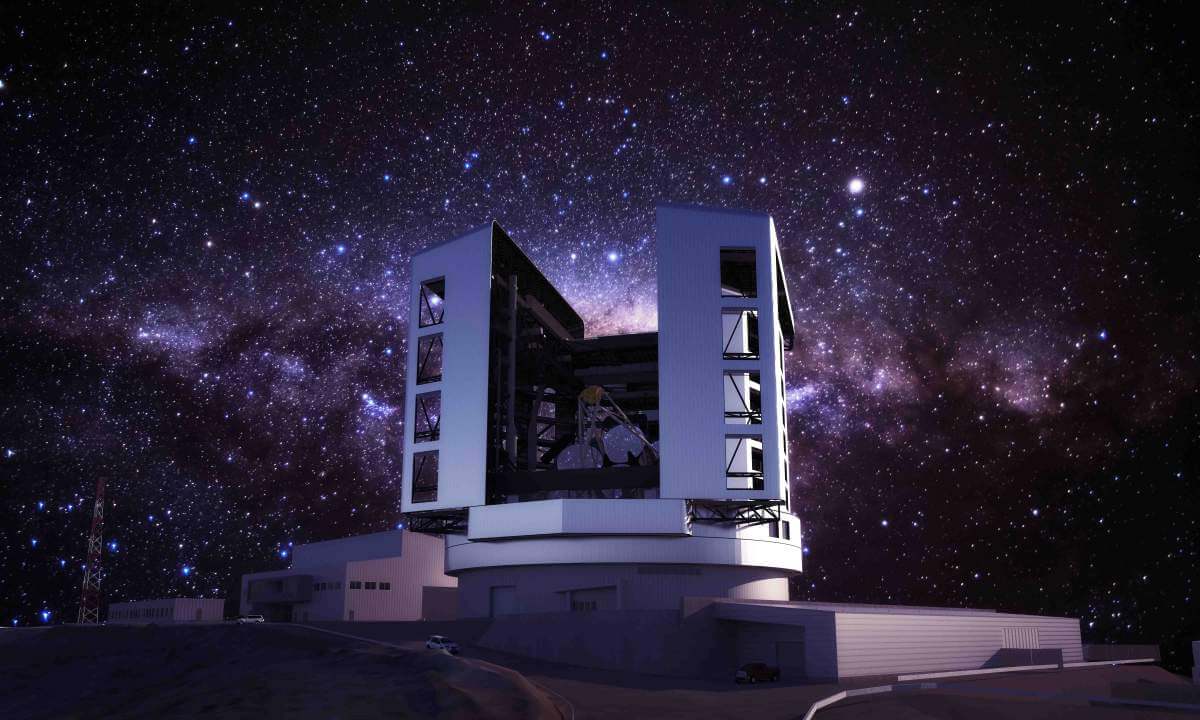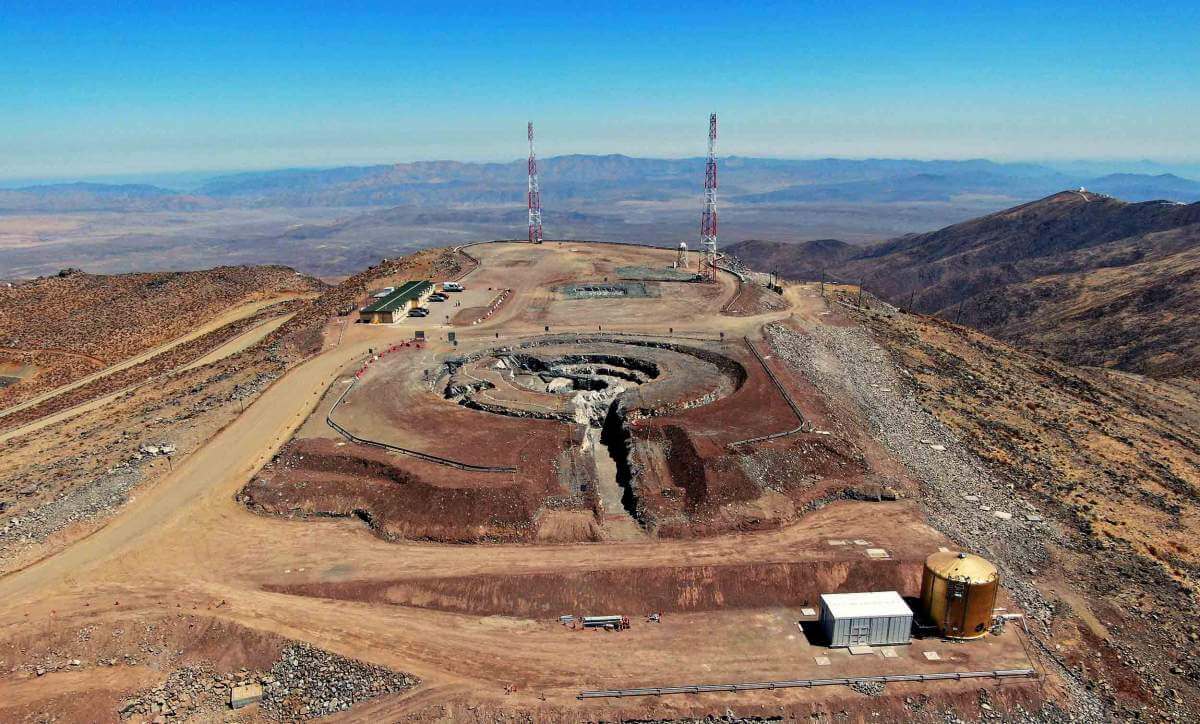The joining will open up new possibilities for the institute's scientists in space exploration and will allow them to look billions of light years away with a resolution 10 times higher than that of the Hubble space telescope.
The Weizmann Institute of Science joins the corporation GMTO The international one, which brings together the best universities and research institutes under it, and is dedicated to the construction of the giant "Magellan" telescope - the largest and most powerful ground-based telescope in the world. Joining will allow the institute's scientists to contribute their knowledge and expertise to the technological development of the telescope and make astronomical observations to distances and spaces that have not been observed until now. "The joining of the institute to the 'Magellan' partnership is a huge victory for us. It strengthens our position and improves our capabilities" says Walter Massey, chairman of the GMTO Corporation and former head of the National Science Foundation of the United States. "The knowledge and experience of the institute's scientists are essential to our mission - to point the world's largest mirrors towards the sky and reveal the north of the universe."

The construction project of the giant Magellan telescope is in very advanced stages at one of the best sites on Earth for the study of the universe: the Las Campanes Observatory in the south of the Atacama Desert in Chile. The telescope is equipped with a circular array of seven mirrors, the largest of their kind, and will be based on the most advanced optical technologies. This technology will allow researchers to observe a distance of billions of light years, with an angular separation (resolution) 10 times higher than that of the "Hubble" space telescope. These capabilities will allow researchers from around the world to discover, among other things, how planetary systems form and develop, to characterize planets orbiting distant stars, and to locate signs of life in these systems. The construction of the project is planned to be completed towards the end of the decade.

"Joining the 'Magellan' partnership catapults us light years ahead," says Prof. Avishai Gal-Yam, dean of the physics faculty at the institute and head of the Andre Deloro Institute for Space Research and Optics. "It is a privilege to be part of an international team that stands at the forefront of space exploration. Joining will allow us to upgrade our capabilities in the field of space observations, to develop equipment that will be used by the world's leading astrophysicists in their observations - and to work side by side with senior partners in the field." In fact, even before the official accession, the institute's scientists helped develop one of the first scientific instruments to be used by Magellan - a spectrograph designed to study Earth-like planets.
The Deloro Institute of the Weizmann Institute of Science focuses on the study of the nature of the universe - from the smallest subatomic particle to the most distant galaxies. The institute brings together scientists who study quantum phenomena of light and matter; Astrophysicists who study the vastness of space and the planets - from micrometeors through gas giants to supernova explosions at the farthest ends of the universe - and theorists who study phenomena on both huge and tiny scales. All of these will now contribute to the international effort to jump-start space exploration, discover suns and galaxies that have not yet been observed, and detect signs of life on distant planets.
The Weizmann Institute of Science is the 13th member of the GMTO partnership and joins Harvard University, the Smithsonian Institution, the University of Arizona, Arizona State University, the Australian Astronomical Corporation, the Australian National University, the Carnegie Institution for Science, the Sao Paulo Research Foundation, the Korea Institute for astronomy and space exploration, Texas A&M University, the University of Chicago, and the University of Texas at Austin.
More on the subject on the science website
